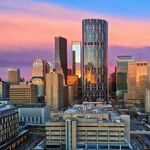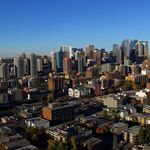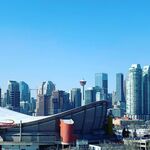UrbanWarrior
Senior Member
No updates to the Calgary Weather Records reddit in over a month now, but this has got to be one of our longest stretches without a high below freezing in our history.
That's good, honest work. Makes you appreciate summer and beach days.I work in snow removal in the winter and holy shit, absolutely brutal. I shovel and machine commercial sites, not plow. But appreciate the kudos.




